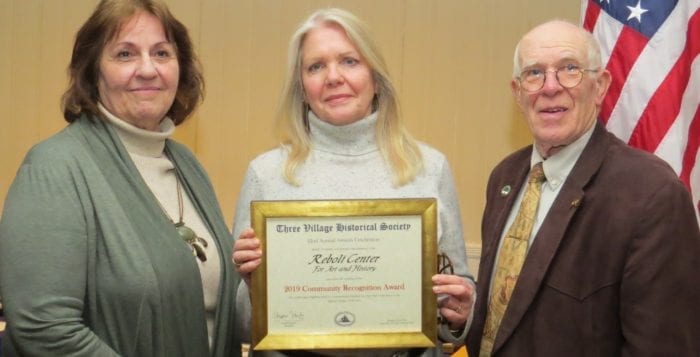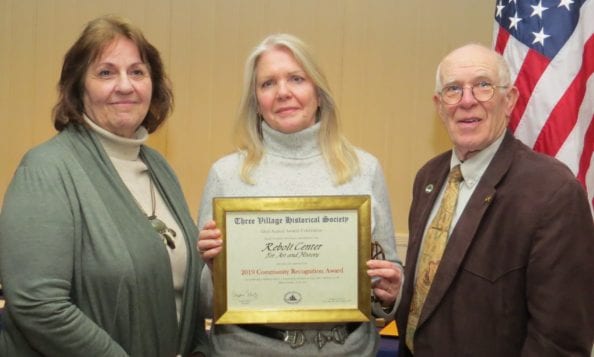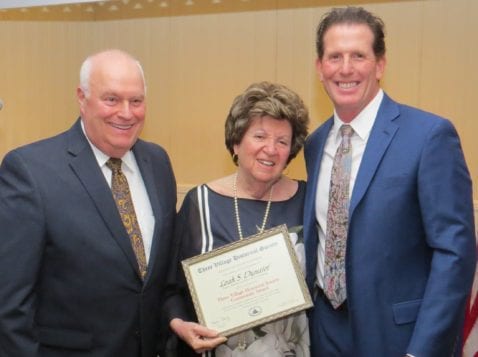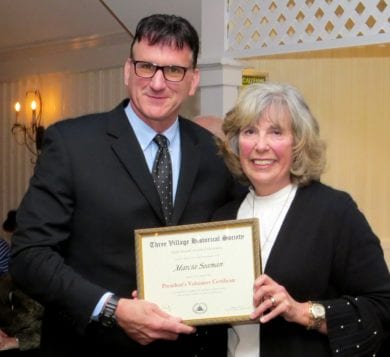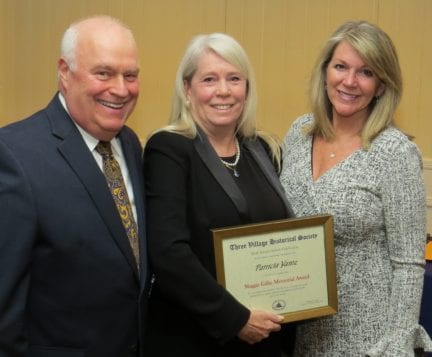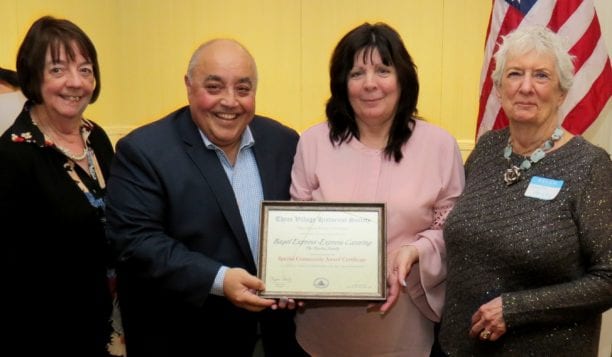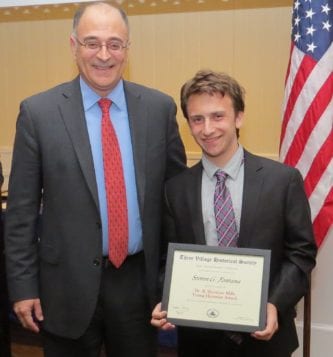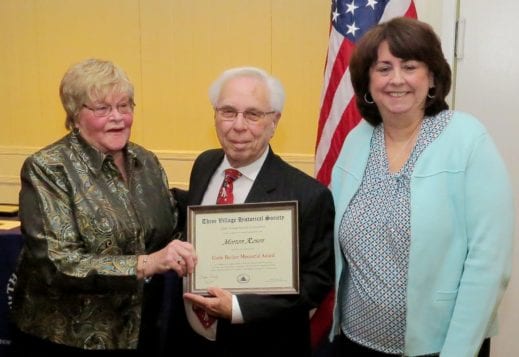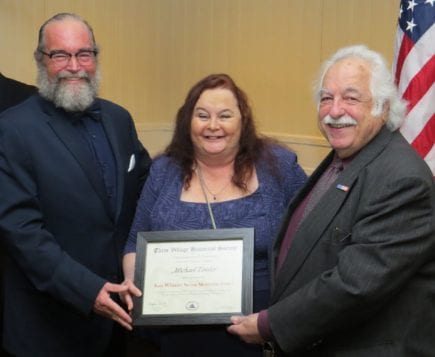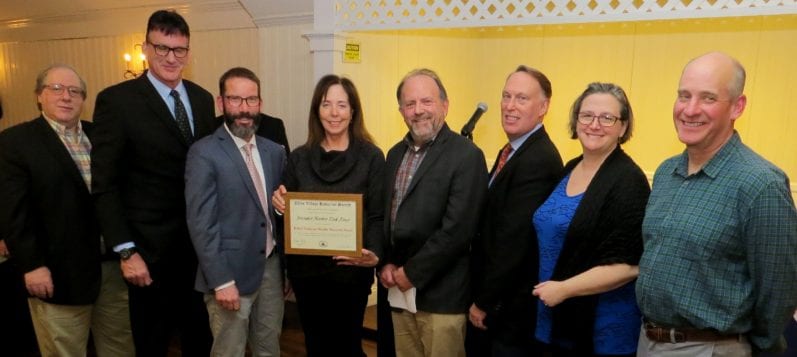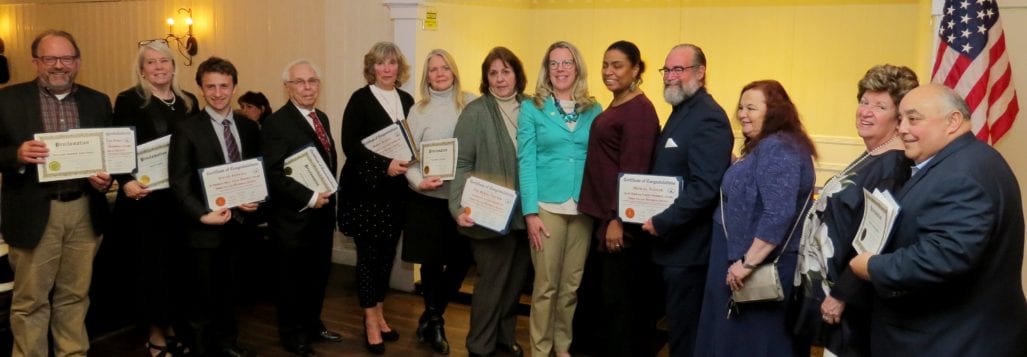1 of 20

Ward Melville junior Rocco Barbero tries to get a shot off against Sachem North in a Division 1 matchup April 5. Photo by Bill Landon

Ward Melville junior Rocco Barbero winds up for a shot against visiting Sachem North in a Division 1 matchup April 5. Photo by Bill Landon

Ward Melville junior Robert Kratochvil in wet conditions against Sachem North in a Division 1 matchup April 5. Photo by Bill Landon

Ward Melville junior Robert Kratochvil looks for a cutter against Sachem North in a Division 1 matchup April 5. Photo by Bill Landon

Ward Melville junior Robert Kratochvil pushes up-field against Sachem North in a Division 1 matchup April 5. Photo by Bill Landon

Ward Melville junior Robert Kratochvil drives against a Sachem North defender April 5. Photo by Bill Landon

Ward Melville’s Robert Kratochvil runs the play against visiting Sachem North April 5. Photo by Bill Landon

Ward Melville senior Nicholas Troy reverses on a Sachem North defender in a Division 1 matchup April 5. Photo by Bill Landon

Ward Melville’s Matthew Wang wins the battle at X against visiting Sachem North in a Division 1 matchup April 5. Photo by Bill Landon

Ward Melville’s Jack Gillen drives on a Sachem North defender in a Division 1 matchup April 5. Photo by Bill Landon

Ward Melville’s Jack Gillen drives on a Sachem North defender in a Division 1 matchup April 5. Photo by Bill Landon

Ward Melville’s Jack Gillen drives on a Sachem North defender in a Division 1 matchup April 5. Photo by Bill Landon

Ward Melville’s Jack Gillen drives on a Sachem North defender in a Division 1 matchup April 5. Photo by Bill Landon

Ward Melville junior goalie Collin Krieg with one of his 5 saves in a Division 1 matchup April 5. Photo by Bill Landon

Ward Melville junior goalie Collin Krieg clears the ball after a save against Sachem North in a Division 1 matchup April 5. Photo by Bill Landon

The Patriots celebrate after Rocco Barbero splits the pipes against Sachem North in a Division 1 matchup April 5. Photo by Bill Landon

Ward Melville senior Brandon Aviles shoots on goal against Sachem North in a Division 1 matchup April 5. Photo by Bill Landon

Ward Melville senior Brandon Aviles rips a shot on goal against Sachem North in a Division 1 matchup April 5. Photo by Bill Landon
By Bill Landon
The Sachem North boys lacrosse team retied the game at 4 to 4 late in the third quarter but the Ward Melville Patriots shut the door in the final 12 minutes, scoring four goals to put the game away, 8-5, at home April 5.
Ward Melville remains unbeaten, and the win put the Patriots atop the Division I leader-board at 6-0 as of April 5. The loss dropped the Flaming Arrows to 4-2.







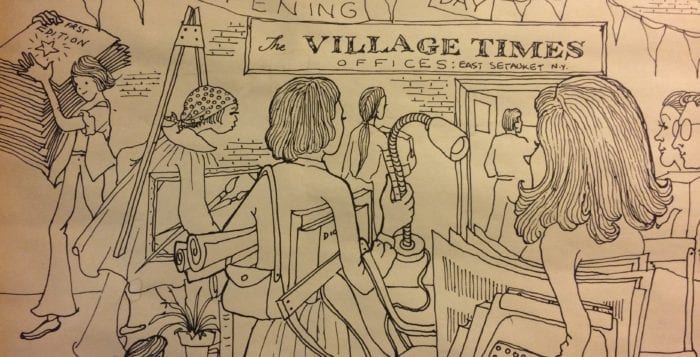


 Take a trip back in time with a visit to the Noah Hallock Homestead, at 172 Hallock Landing Road in Rocky Point hosted by trained docents. The house was built in 1721 when Noah Hallock and Bethia Youngs were married in November of that year and made Rocky Point their home. Three of their sons and three of their grandsons served as soldiers and patriots in the Revolutionary War. Noah and Bethia’s descendants lived in the Homestead and worked the farm for eight generations, through the next century and on to a good part of the twentieth century. At one time the Hallock family owned much of the land in Rocky Point.
Take a trip back in time with a visit to the Noah Hallock Homestead, at 172 Hallock Landing Road in Rocky Point hosted by trained docents. The house was built in 1721 when Noah Hallock and Bethia Youngs were married in November of that year and made Rocky Point their home. Three of their sons and three of their grandsons served as soldiers and patriots in the Revolutionary War. Noah and Bethia’s descendants lived in the Homestead and worked the farm for eight generations, through the next century and on to a good part of the twentieth century. At one time the Hallock family owned much of the land in Rocky Point.